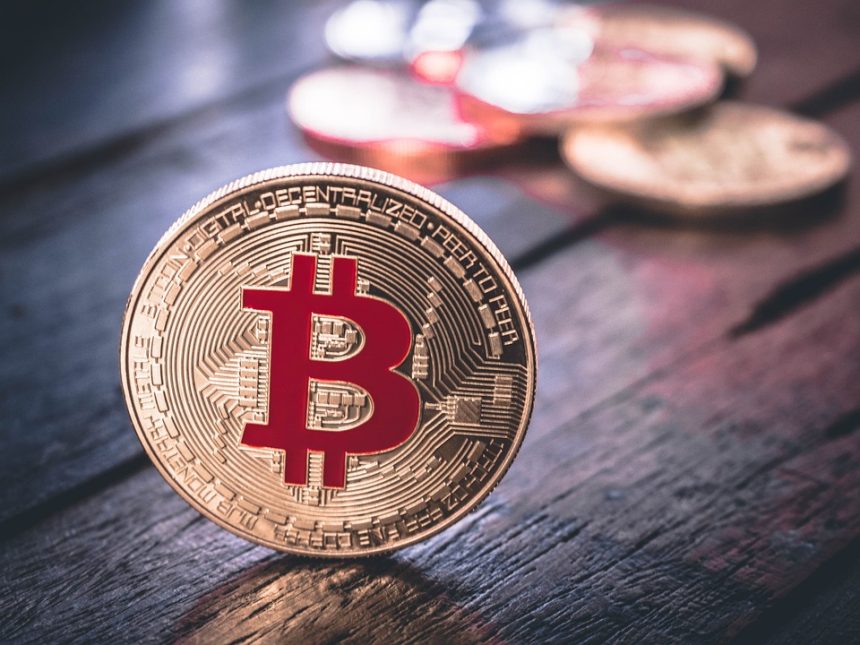In recent years, the cryptocurrency landscape has undergone a significant transformation. As interest in digital assets grows, so does the importance of securing those assets against theft, fraud, and other threats. With billions of dollars in cryptocurrencies traded daily, crypto exchanges find themselves on the front lines of a digital security battle. This article explores the measures being taken by crypto exchanges to protect your digital assets and the best practices you should adopt as a user.
Cryptocurrency Security Landscape
The allure of cryptocurrencies comes with inherent risks. While blockchain technology offers unparalleled transparency and security features, the platforms where transactions occur are often vulnerable. Cybercriminals see crypto exchanges as lucrative targets due to their large holding pools of digital assets. Incidents of hacks and breaches in the industry, such as the notorious Mt. Gox hack in 2014 or the more recent KuCoin breach in 2020, serve as stark reminders of these vulnerabilities.
In response to these concerns, exchanges have begun implementing a wide array of security measures to safeguard users’ digital assets. This article outlines some of the leading strategies employed by exchanges to enhance security.
Multi-Signature Wallets
Multi-signature (multi-sig) technology is one of the most effective ways to secure cryptocurrencies. By requiring multiple private keys to authorize a transaction, exchanges can drastically reduce the risk of unauthorized access to funds. For instance, an exchange may require the signatures of several trusted parties before funds can be moved, which ensures that a single compromised key cannot lead to the loss of assets.
Cold and Hot Wallets
To protect user funds from potential hacks, exchanges utilize a combination of cold and hot wallets.
-
Cold wallets are offline and not connected to the internet, making them less susceptible to attacks. These wallets hold the majority of the exchange’s assets and are accessed only when necessary, thereby minimizing the risk of online threats.
- Hot wallets, on the other hand, are online and used for day-to-day transactions. While they facilitate faster trades and withdrawals, exchanges typically limit the amount of cryptocurrency held in hot wallets to reduce exposure to potential hacks.
Robust Encryption Protocols
Exchanges are now employing advanced encryption methods to protect users’ information and digital assets. SSL (Secure Socket Layer) certificates encrypt data transmitted between users and the exchange, preventing third parties from intercepting sensitive information such as passwords and account details. Additionally, end-to-end encryption ensures that user data is kept secure even from the exchange’s own staff.
Two-Factor Authentication (2FA)
Two-factor authentication adds an additional layer of security to user accounts. By requiring a second form of verification—such as a text message, email, or authenticator app—exchanges ensure that even if a user’s password is compromised, unauthorized access to their account is still prevented. Many exchanges now offer 2FA as a mandatory feature, reinforcing the importance of account security.
Regular Security Audits and Compliance
Crypto exchanges are increasingly conducting regular security audits to identify vulnerabilities and ensure compliance with industry standards. By engaging third-party security firms, exchanges can assess their systems and processes for potential weaknesses. Additionally, adherence to regulatory frameworks enhances overall security and builds trust with users.
User Education and Security Protocols
Education plays a vital role in cryptocurrency security. Many exchanges provide resources and guidelines to inform users about best security practices. This includes fostering awareness of phishing attempts, urging users to create strong passwords, and periodically reminding them to enable 2FA. By empowering users to take proactive steps to safeguard their accounts, exchanges can cultivate a safer trading environment.
Insurance for User Funds
Some exchanges are going a step further by offering insurance for user funds. While this does not entirely mitigate the risk of loss, it provides a safety net for users if an exchange suffers a security breach. Insurance can cover varying amounts, depending on the provider and the assets involved, giving users peace of mind as they trade.
Conclusion: A Shared Responsibility
While crypto exchanges are implementing advanced security measures to protect digital assets, users must also take responsibility for their account security. Adopting best practices such as using strong, unique passwords, enabling 2FA, and being cautious of phishing scams are essential steps in safeguarding your investments.
As the cryptocurrency ecosystem continues to evolve, the focus on security will remain paramount. By understanding the measures being taken by exchanges and actively participating in safeguarding your digital assets, individuals can contribute to a more secure crypto environment. Ultimately, a collaborative effort between exchanges and users will be crucial in overcoming the security challenges that accompany the exciting world of cryptocurrencies.






